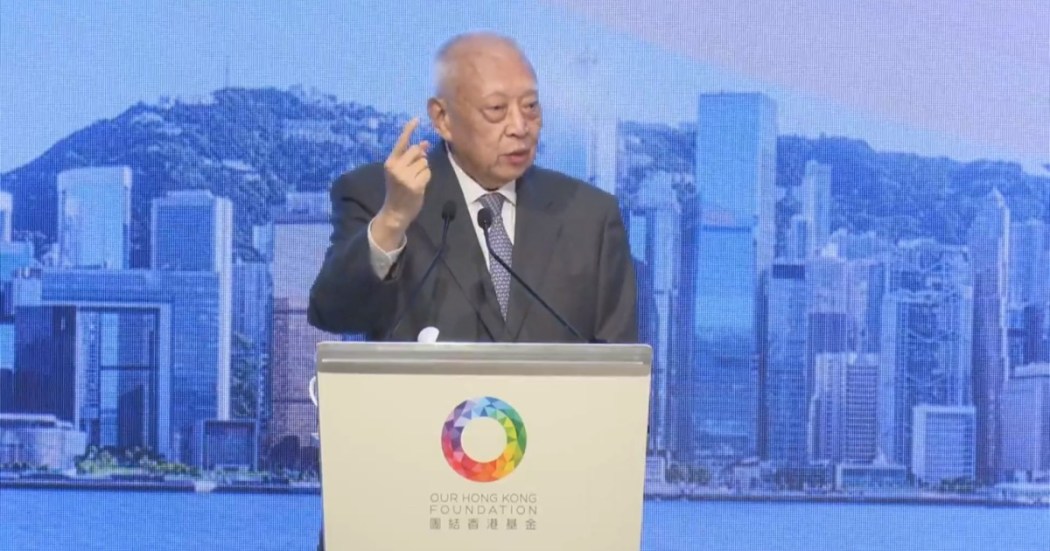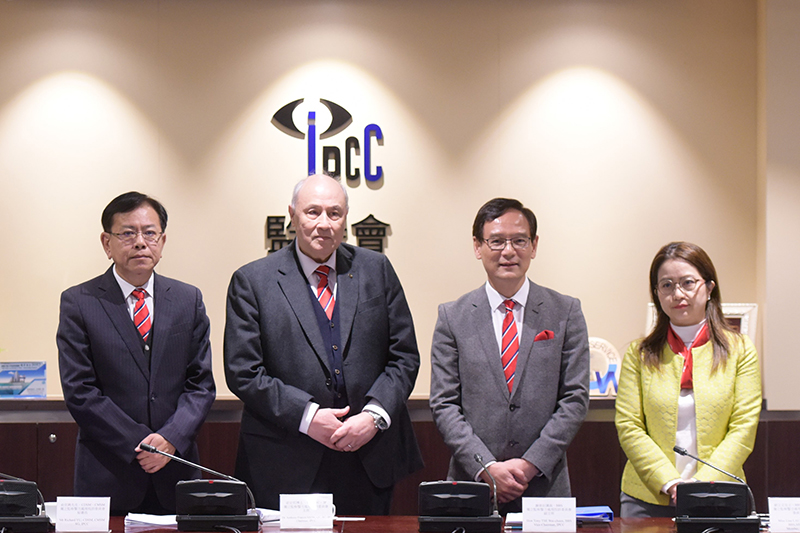A Dutch historian, Pieter Geyl, was interned during the Second World War and passed the time by writing, from memory, a book about the different ways in which Napoleon had been treated by French historians.
After a short interlude to tidy up and check his quotes, this was published in 1949 under the title “Napoleon, for and against”, and instantly became a classic. It is the text to which everyone refers when they want to make the point, now verging on a platitude, that history is not a search for some elusive motherlode of incontestable facts with which everyone will eventually agree.

On the contrary, historians are people of their times, and their writings reflect their own contemporary preoccupations and prejudices. The present pollutes the past, just as the past pollutes the present. In the 1830s Napoleon was a later version of Charlemagne. In the 1940s he was an early version of Hitler.
There are, of course, facts on which everyone can agree. No future historian will ever dispute that Hong Kong was handed over to Chinese rule in 1997. But as soon as you move on to what that event meant, entailed, or came from, then different people will look at the same event and see it in different ways.
So I was amused by the announcement that there is a Hong Kong Chronicles Institute, which is going to splurge HK$780 million on the production of a Hong Kong Chronicle to record our history over the last 7,000 years.
The chairman of the Institute, Mr Tung Chee-hwa, (yes, our first CE) said the chronicles would be “accurate and objective”, according to the Standard. Also engaged in this enterprise is Mr Bernard Charnwoot Chan (yes, the convenor of the Executive Council) who is quoted as saying “There is no endorsement from the government. We are independent.”
This rosy view of the matter was rather spoiled by the additional information that “Beijing’s top official in Hong Kong, Luo Huining, is one of the honorary patrons.” The other honorary patron mentioned is Carrie Lam, our much-loved Chief Executive. How independent can you get?

There is no such thing as accurate and objective history. If there was, though, you would not expect to find an organisation headed by people like this to produce it.
Give them credit for ambition, though. The “chronicles” will run to no less than 66 volumes. Even with 7,000 years to play with, this seems a bit ambitious. Some comparable efforts:
- The Cambridge History of Britain occupies four volumes, no doubt helped by the fact that it only starts in 500AD.
- The Cambridge History of the US has reached 11 volumes and is not yet finished, though work started in 1982.
- The Oxford History of England was produced between 1934 and 1986, eventually comprising 16 volumes plus a joint index.
- The Penguin History of Europe runs to seven volumes, starting with the Trojan Wars but finishing, so far, in 1949.
So I would not bet on the 66th volume coming out on schedule in 2027. No doubt the budget will come under some strain as well. One-third of it comes from the usual suspects: the Jockey Club, banks, property companies, the Li Ka Shing Foundation. Curiously we were not told where the other two-thirds were coming from.
And who, one wonders, is going to read this thing? I am a glutton for history books, but 66 volumes? I am afraid the involvement of so many government heavyweights reduces confidence in the reliability of the eventual product. After all, one of the features of the last few months has been the industrious rewriting of recent history.

Take, for example, the famous Yuen Long MTR station incident on July 21, 2019. At the time this was described (in the SCMP) as follows: “At least 45 people were injured in unprecedented late-night violence at a Hong Kong railway station on Sunday, as a rampaging mob of men in white T-shirts attacked black-clad protesters and passengers indiscriminately. No police officer was in sight as dozens of men, who witnesses suggested were triad gangsters, stormed into Yuen Long MTR station.”
By the time the supposedly Independent Police Complaints Council reached it, the event had already been changed to a “stand-off” between two groups who are treated as equals: the white-clad men outside the paid area and the people in black inside it, in which the eventual attack on the MTR train is treated as an unexpected result of “provocation”.
This is a legally blind way of looking at the two groups concerned. Nobody has suggested that the passengers arriving in the station that night were looking for some men in white to beat up. Whatever they had been doing earlier – no doubt some had protested legally, some had protested illegally, and some just happened to be wearing black because it’s a popular colour – when they reached the station they were just a crowd of law-abiding citizens going home.
The men in white, on the other hand, were not would-be passengers who were prevented from going into the paid area by the presence of a hostile band of protesters. They had come to the station looking for a fight.
Wading through a small lake of details about the police response, which was slow and timid, we come eventually to this: “The IPCC notes that live stream news reports on the confrontation between the two groups, one clad in white and the other in black, invariably featured with prominence persons in white attacking those in black outfits.”

Well, how about that! What can we deduce from this interesting imbalance in “prominence”? Note that a livestream is by definition not edited. You point your camera at what seems most exciting and whatever happens happens.
The IPCC seems to have trouble with the idea that if most of the footage showed people in white attacking those in black, then that was probably because the people in white, who had assembled armed for the purpose, were doing the attacking.
This trend of treating the whole affair as a brawl between two groups of consenting adults has now reached its logical conclusion. As well as sundry persons who were presumably once in white shirts we also have people who were in the black shirt group charged with “rioting”.
Then we come to the interesting incident at Nam Ping Wai in which a senior police person patted, petted, or possibly merely redirected, a person in a white shirt. This has been a huge preoccupation with police spokesmen and apologists ever since. The IPCC offers an elaborate – and of course innocent – explanation. The explainers fondly suppose that if they can see off this bit of video they can refute the accusation that there was “collusion” between police and triads.
This is an error. True, some people drew the obvious conclusion from the late arrival of police rescuers at the station that the police were not in a hurry to protect and serve anyone who was wearing black. True too that the person in white who was petted, or redirected if you prefer, would – had he been wearing black in Causeway Bay – have been treated to a faceful of pepper for failing to follow police orders.

But these features of the evening would not have led so many people to the same conclusion if it had not been for the history of Yuen Long, a place where everyone knew who the bandits were but somehow they were never arrested.
This was not entirely due to failures by the police. Very senior officials strenuously discouraged police inquiries into the activities of rural bigwigs, because the “administration” valued the support of such people. It was assumed erroneously that village potentates who were allowed to play with fireworks, eat dog, hold gambling parties and other peccadilloes would not seek to enrich themselves from the numerous opportunities which immunity from the law opens up.
Collusion can take many forms, and it does not necessarily imply joint enterprises or cooperation. The history of Yuen Long is of a tacit “live and let live” approach to rural criminality which has persisted for decades. Do not expect to read about this in the Hong Kong Chronicles.
Support HKFP | Policies & Ethics | Error/typo? | Contact Us | Newsletter | Transparency & Annual Report | Apps
| HKFP is an impartial platform & does not necessarily share the views of opinion writers or advertisers. HKFP presents a diversity of views & regularly invites figures across the political spectrum to write for us. Press freedom is guaranteed under the Basic Law, security law, Bill of Rights and Chinese constitution. Opinion pieces aim to point out errors or defects in the government, law or policies, or aim to suggest ideas or alterations via legal means without an intention of hatred, discontent or hostility against the authorities or other communities. |
Help safeguard press freedom & keep HKFP free for all readers by supporting our team

More HKFP OPINION:
HKFP has an impartial stance, transparent funding, and balanced coverage guided by an Ethics Code and Corrections Policy.
Support press freedom & help us surpass 1,000 monthly Patrons: 100% independent, governed by an ethics code & not-for-profit.










